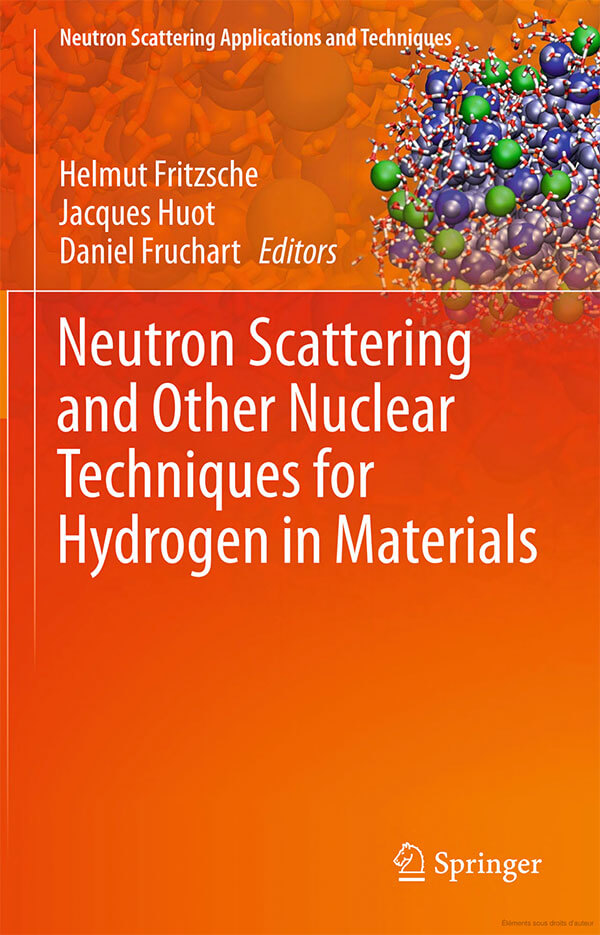This book provides a comprehensive overview of the main nuclear characterization techniques used to study the hydrogen absorption and desorption in materials. The various techniques (neutron scattering, nuclear magnetic resonance, ion-beams, perturbed angular correlation, muon spin rotation) are explained in detail and a variety of examples of recent research projects are given to show the unique advantage of these techniques to study hydrogen in materials. Most of these nuclear techniques require very specialized instrumentation and there are only a handful of these instruments available worldwide. Therefore, the aim of this book is to reach out to a readership with a very diverse background in the physical sciences and engineering and a broad range of hydrogen-related research interests. The same technique can be used by researchers interested in the improvement of the performance of hydrogen storage materials and by those focused on hydrogen ingress causing embrittlement of metals. The emphasis of this book is to provide tutorial material on how to use nuclear characterization techniques for investigations on hydrogen in materials – information that cannot readily be found in conference and regular research papers.
- Provides comprehensive overview of nuclear techniques used for hydrogen-related research
- Explains all nuclear techniques in detail for the non-expert
- Covers the whole range of hydrogen-related research
- Features chapters written by world-renowned experts in nuclear techniques and hydrogen-related research
Sous la direction de
Jacques Huot (Département de chimie, biochimie et physique, UQTR)
Helmut Fritzsche
Daniel Fruchart
Maison d'édition
Springer
Date de parution
Mai 2016

